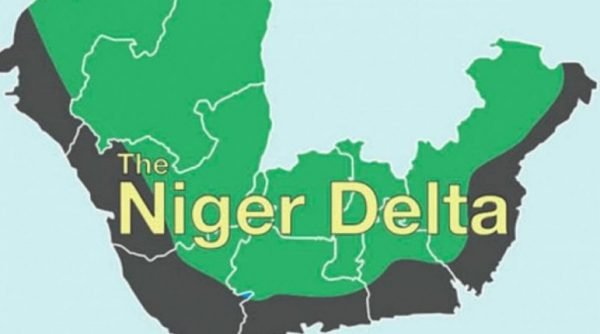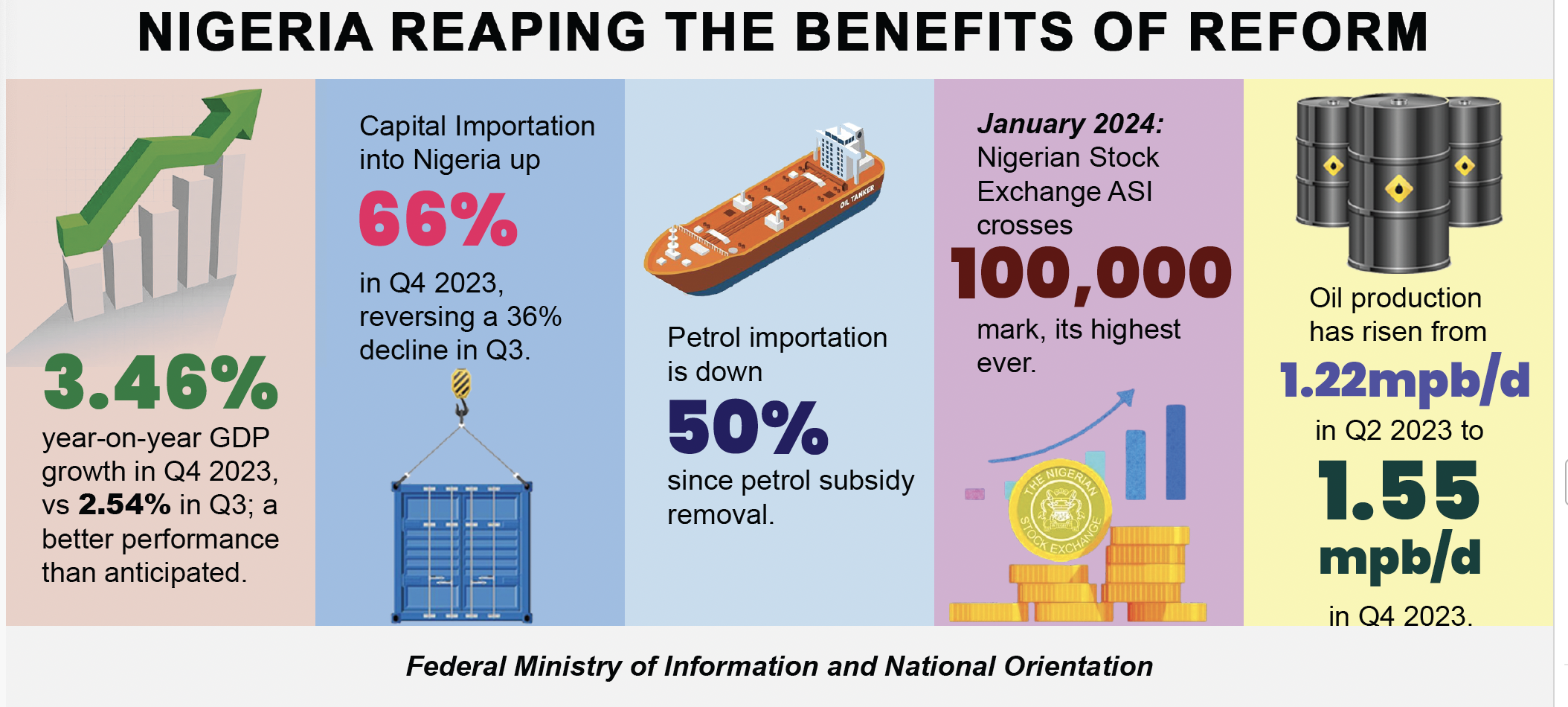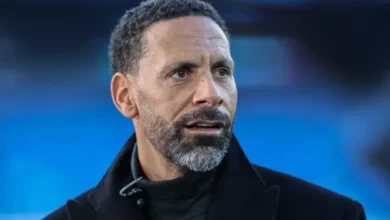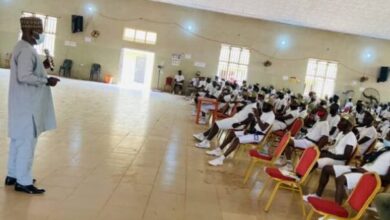Duplicity or development in Niger Delta, by Gee Kay |

The Niger Delta Development Commission (NDDC) and South South Development Commission differ in their scope, focus, and intended purpose, though their coexistence raises valid questions about potential overlap. Let’s break it down. The NDDC was established in 2000 under President Olusegun Obasanjo to address the specific challenges of oil-producing states in Nigeria.
Its mandate centers on mitigating the environmental, infrastructural, and socio-economic impacts of oil exploration, such as pollution and underdevelopment, across nine states: Abia, Akwa Ibom, Bayelsa, Cross River, Delta, Edo, Imo, Ondo, and Rivers. These states span three geopolitical zones (South South, South East, and South West), united by their oil-producing status rather than regional boundaries. The NDDC’s work includes projects like roads, schools, and youth training, funded largely by oil revenues and federal allocations.
The SSDC, signed into law by President Bola Tinubu on March 26, 2025, targets the six states of the South South geopolitical zone: Akwa Ibom, Bayelsa, Cross River, Delta, Edo, and Rivers. Its focus is broader, aiming at regional socio-economic development beyond just oil-related issues. It’s part of a wave of regional commissions—like those for the South East, North East, and others—designed to address zone-specific needs, such as economic growth, infrastructure, and social progress, regardless of oil production.
The key difference lies in their scope: the NDDC is oil-centric and cross-regional, while the SSDC is region-specific and more general in its development goals. For example, the NDDC serves oil-producing states like Ondo (South West) and Imo (South East), which the SSDC excludes, while the SSDC includes non-oil-focused priorities for the South South alone.


Also Read
However, the potential for duplicity is real. Five of the SSDC’s six states (all except Cross River) are already under the NDDC’s umbrella, meaning both commissions could end up tackling similar issues—like infrastructure or youth empowerment—in the same places. Without clear delineation, this risks redundancy, resource waste, and confusion. The NDDC’s long history of funding challenges and inefficiency already complicates matters, and adding the SSDC could strain coordination further, especially since both now fall under the Ministry of Regional Development, established in October 2024 to oversee all regional commissions.
On the flip side, proponents might argue the SSDC complements the NDDC by addressing gaps the latter overlooks, like non-oil-related development in the South South. If roles are sharply defined—say, NDDC sticking to oil-specific projects and SSDC handling broader regional priorities—duplicity could be minimized. But as of now, no detailed public framework clarifies how their responsibilities will be distinct in practice, leaving the concern valid until implementation proves otherwise.
In short, they differ in focus and reach, but without tight coordination, their overlapping presence in the South South could indeed lead to duplicated efforts.
Time will tell if this is a case of “the more, the merrier” or a bureaucratic tangle.
. Gee Kay can be reached via gkerley@gmail.com.
Post Views: 9






